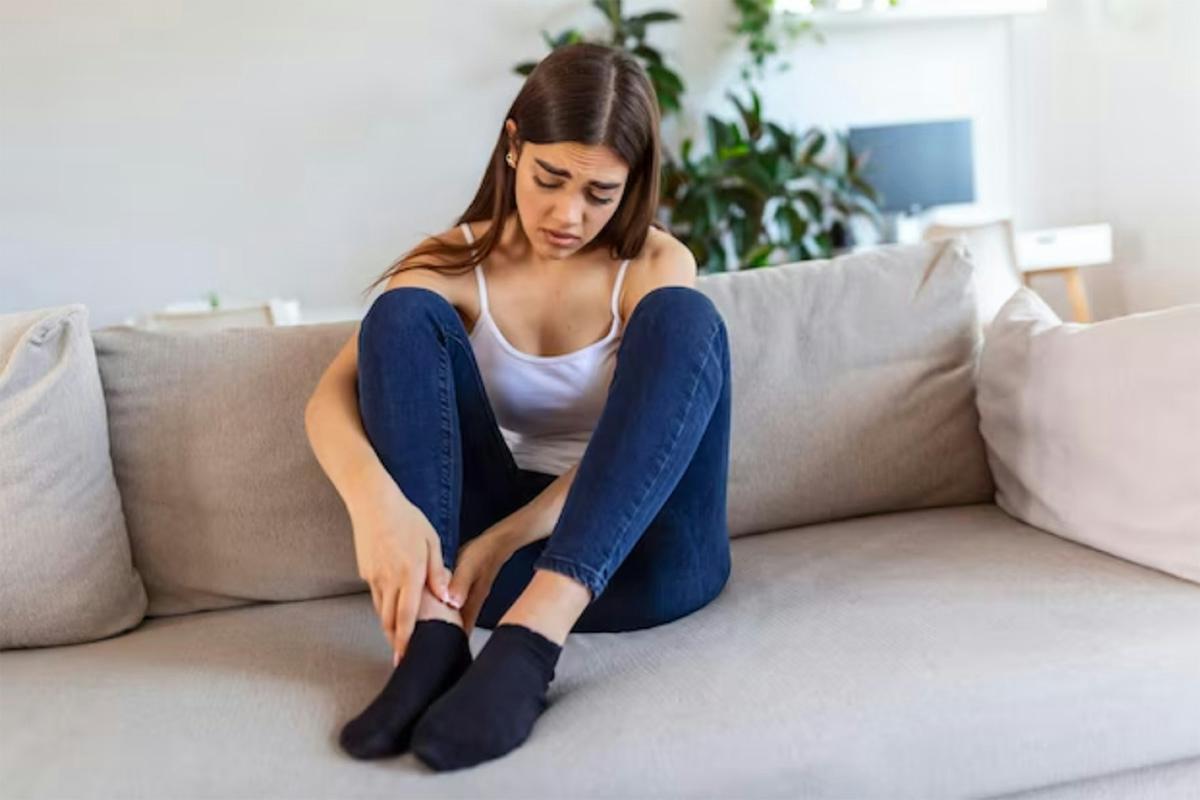Introduction
Walking should be a simple, pain-free activity, yet when your ankle hurts without any visible signs of swelling, it can be perplexing and concerning. In this comprehensive guide, we will unravel the mysteries behind ankle pain that occurs while walking but is not accompanied by swelling. Understanding the potential causes of this discomfort is crucial for finding relief and restoring your mobility. Let’s explore the common reasons, potential solutions, and when it’s essential to seek professional help.
Common Causes of Ankle Pain Without Swelling
1. Muscle Strains and Overuse:
- Explore how overuse or sudden increases in physical activity can strain the muscles around the ankle, causing pain without visible swelling. Discuss the importance of proper warm-up and gradual progression in physical activities.
2. Tendinitis:
- Explain how inflammation of the tendons (tendinitis) can cause pain during movement without necessarily causing swelling. Discuss common types of tendinitis and their relation to ankle pain.
3. Arthritis:
- Delve into different forms of arthritis, such as osteoarthritis or rheumatoid arthritis, which can affect the ankle joints. Discuss how arthritis can lead to pain during movement, its symptoms, and potential treatment options.
Overcoming Ankle Pain Through Proper Footwear
1. Importance of Supportive Shoes:
- Discuss the significance of wearing appropriate, supportive footwear to alleviate ankle pain. Proper shoes provide stability, cushioning, and proper arch support, reducing strain on the ankle joints.
2. Orthotics and Inserts:
- Explore how custom-made orthotics or over-the-counter inserts can improve foot alignment, reducing stress on the ankles and minimizing pain during walking.
Exercises and Stretches for Ankle Pain Relief
1. Strengthening Exercises:
- Provide a list of ankle-strengthening exercises designed to improve the stability of the ankle joint. Strengthening the muscles around the ankle can reduce pain and discomfort during movement.
2. Stretching Routine:
- Introduce a stretching routine focusing on the calf muscles, Achilles tendon, and ankle joints. Proper stretching can enhance flexibility, reducing the strain on the ankle and alleviating pain during walking.
RICE Method for Pain Management
1. Rest:
- Emphasize the importance of giving the ankle adequate rest to allow the tissues to heal. Resting the affected ankle can significantly reduce pain and promote faster recovery.
2. Ice:
- Explain how applying ice to the affected area can help reduce inflammation and numb the pain receptors, providing temporary relief from discomfort.
3. Compression:
- Discuss the use of compression wraps or bandages to support the ankle and reduce swelling, if present. Proper compression can minimize pain during movement.
4. Elevation:
- Explain the benefits of elevating the leg to reduce blood flow to the affected area, which can reduce swelling and alleviate pain.

Knowing When to Seek Professional Help
1. Persistent or Worsening Pain:
- Educate readers on the importance of consulting a healthcare professional if the pain persists or worsens despite home remedies. Persistent pain could indicate a more serious underlying issue that requires medical attention.
2. Limited Range of Motion:
- Discuss how limited range of motion, accompanied by pain, might indicate a joint or muscle problem that requires assessment by a physical therapist or orthopedic specialist.
Conclusion – Taking Steps Towards a Pain-Free Future
Empowering You for Mobility
Ankle pain without swelling can be a frustrating challenge, but with the right knowledge and guidance, you can overcome it. By understanding the potential causes, adopting proper footwear, engaging in suitable exercises, and knowing when to seek professional help, you are taking essential steps towards a pain-free future. Remember, your mobility and well-being are our top priorities.
At OrMobility Physical Therapy & Performance, we specialize in providing personalized physical therapy solutions tailored to your unique needs. If you’re struggling with ankle pain, whether it’s accompanied by swelling or not, don’t hesitate to schedule a consultation with us today. Let us be your partners in empowering you for pain-free mobility and a more active, fulfilling life.
Contact us now to schedule your consultation and take the first step toward a pain-free, more active life.
OrMobility Physical Therapy & Performance



